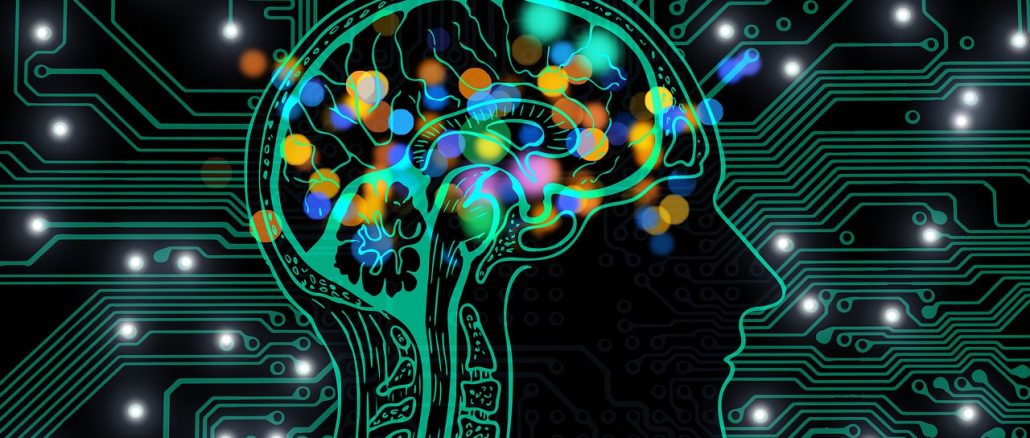
While the threats of artificial intelligence (A.I.) have been illustrated and proposed primarily through fictional media and literature, the fast development of such artifices like chatbots, voice cloning or fabricated images also known as ‘deepfakes’ has now provided society with a new computation of surmised corruption and hysteria awaiting further technology in the future.
The premier vice found in speculating the dangers of A.I. is to be misinterpreted as outright rejecting the innovation of technology and the self-sufficiency valued through consumer exchange. However, the difference between expanding upon attested technology as a tool for society, and the development of trickster technology that would make the human creative flare obsolete, are indeed opposing conceptions presently debated upon.
Elements of A.I. are also merely just tools for identifying and processing data, and such performances are an already beneficial function in healthcare, agriculture, e-commerce and even popular functions like Amazon’s Alexa, Google Home or Apple’s Siri.
The rise of chatbots – like ChatGPT – present a system capable of producing or attempting creative written compositions like essays, poetry or even song lyrics. While the quality of such creative contributions by chatbots still remain a permitted subjectivity, the degrees of written resourcefulness can only be cynically augmented for the future. But will such A.I. become so creatively fluent making human contributions to media, art and literature subordinate?
Bill Gates on the future of A.I. writes that, “[A.I.] will be able to do everything that a human brain can, but without any practical limits on the size of its memory or the speed at which it operates. This will be a profound change.”
Once again, from a data or commercial viewpoint this development as explained by Gates is a practical and welcomed use of such technology already implemented in key sectors. But the cost of eroding innate individuality and inspiration presents doubt to the future of creative fields and the risks of competition – not amongst ourselves – but with machines.
The degrees of disinformation online will also be hypothetically attested with the assistance of A.I. generated images. In fact, fake images of celebrities or public figures have recently been trending online, only to be confirmed fictious upon concentrated examination.
One example recently, was of Pope Francis wearing a fashionable puffer jacket which turned out to be a fake, developed by A.I. software. RTE reported that “in just three days, the image migrated from Reddit to Twitter and beyond, fooling scores of people into thinking it was a real photo of the Pope.”
While such spurious images can be amusing or innocuous, could the use of fake images be maliciously misemployed in the future?
To conclude, technological innovation, inspiring enterprise and the free market have proving to be more forward thinking than any overreaching and outdated ideological error of trust in the comfort of inflexible state intervention.
But while the degrees of A.I. influence and ascendancy remains unknown presently for society, the expansion of such technology can only be truly welcomed as a functioning tool and not as an adversarial force for societies future, as found in dystopian fiction.
Relegating society to sheer audiences of A.I. deprives the furthering of innate creative means of ambitious individuals for not only the future, but also the honoured ventures of the past. I rest my case.
Jack Redmond
Image Credit: Pixabay
